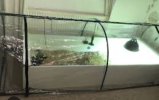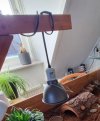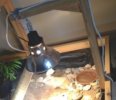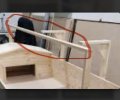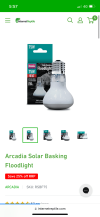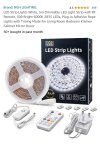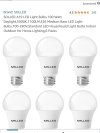C.Sheldon
New Member
Hi, I am new to this forum. I currently have x3 Western Herman tortoises, I’ve had them for a few weeks but they were hatched in June 2023.
I have all 3 in a 5ft by 2ft enclosure at the moment. They all get on really well. Where the weather allows, they do go outside as much as possible.
As you can see from the images attached, I currently have 1 combined bulb, heat and uv light, mercury vapour branded. After a lot of research I think that I maybe better off changing the lighting to an Arcadia Pro t5 strip. I’m looking at the 24” 12% UVB strip image attached. Then I’m looking at using 2 flood bulbs, as I have 3 tortoises, and I’ve been looking at the Arcadia solar basking 100w flood light.
Please could I have some advice / feedback as to whether this is the best thing to do or is the combined lighting I currently have ok. I have attached images so you can see.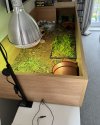
Any help would be greatly appreciated, there is so much advice out there I’m just looking for a definitive answer before I change the lighting system. Thank you

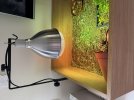


I have all 3 in a 5ft by 2ft enclosure at the moment. They all get on really well. Where the weather allows, they do go outside as much as possible.
As you can see from the images attached, I currently have 1 combined bulb, heat and uv light, mercury vapour branded. After a lot of research I think that I maybe better off changing the lighting to an Arcadia Pro t5 strip. I’m looking at the 24” 12% UVB strip image attached. Then I’m looking at using 2 flood bulbs, as I have 3 tortoises, and I’ve been looking at the Arcadia solar basking 100w flood light.
Please could I have some advice / feedback as to whether this is the best thing to do or is the combined lighting I currently have ok. I have attached images so you can see.

Any help would be greatly appreciated, there is so much advice out there I’m just looking for a definitive answer before I change the lighting system. Thank you






